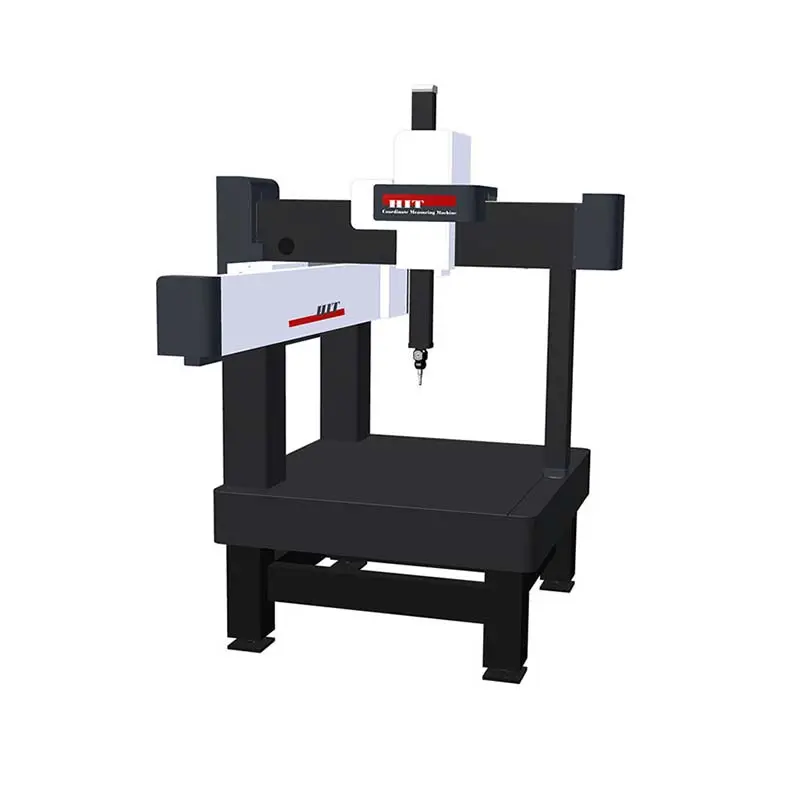What is a Coordinate Measuring Machine (CMM) and how does it work?
A Coordinate Measuring Machine (CMM) is a type of precision measuring equipment used in manufacturing and quality control processes to measure the dimensions and geometric characteristics of an object. It works by using a probe that touches various points on the surface of the object being measured, and the CMM records the coordinates of these points in three-dimensional space. The CMM then uses this data to generate a 3D model of the object, which can be used to analyze its geometry and ensure that it meets the required specifications.
What are the different types of probes used in CMMs and what are their advantages and disadvantages?
There are several different types of probes used in CMMs, including touch-trigger probes, scanning probes, and non-contact probes. Touch-trigger probes are the most common type and work by physically contacting the surface of the object being measured. They are highly accurate and reliable, but can be slower than other types of probes and may cause damage to delicate surfaces.
Scanning probes work by moving across the surface of the object being measured and recording data at a high rate of speed. They are faster than touch-trigger probes and can measure complex geometries, but may be less accurate and have more limited range.
Non-contact probes use lasers, cameras, or other sensors to measure the object without physically touching it. They are fast, accurate, and non-destructive, but may be affected by factors such as surface finish and lighting conditions.
What are the benefits of using a CMM in manufacturing and quality control processes?
Using a CMM in manufacturing and quality control processes offers a number of benefits, including:
Improved accuracy and precision in measurements, leading to higher quality products and reduced waste.
Faster measurement times, allowing for increased productivity and efficiency in manufacturing processes.
The ability to measure complex geometries that may be difficult or impossible to measure using other methods.
Automated data collection and analysis, reducing the risk of human error and allowing for more consistent and reliable measurements.
The ability to create 3D models of objects, which can be used for design and analysis purposes.
What are some factors to consider when selecting a CMM for a specific application?
When selecting a CMM for a specific application, it is important to consider factors such as:
The size and weight of the objects that will be measured, as this will determine the required size and load capacity of the CMM.
The required level of accuracy and precision in the measurements, as this will determine the type of probe and other features required.
The required speed of measurement, as this will determine the type of probe and other features required.
The required level of automation, as this will determine the required software and other features.
The available budget and any other specific requirements or constraints for the application.
